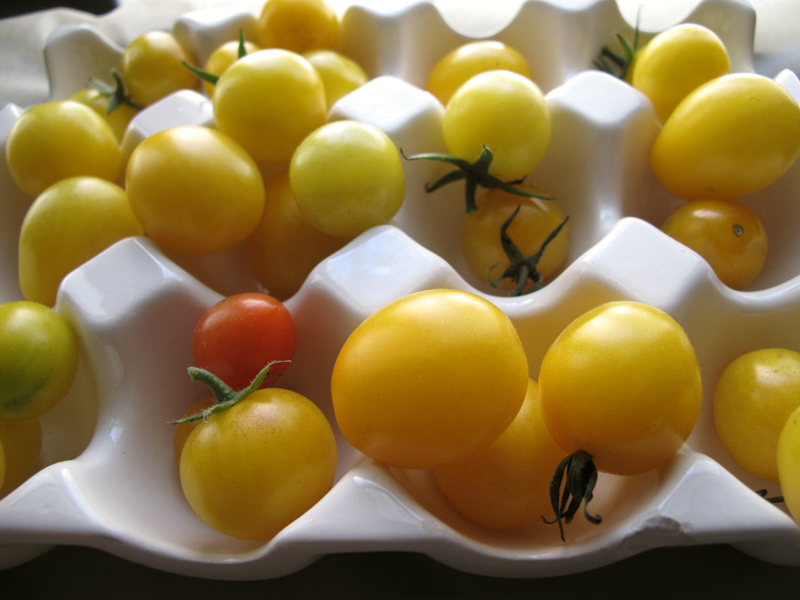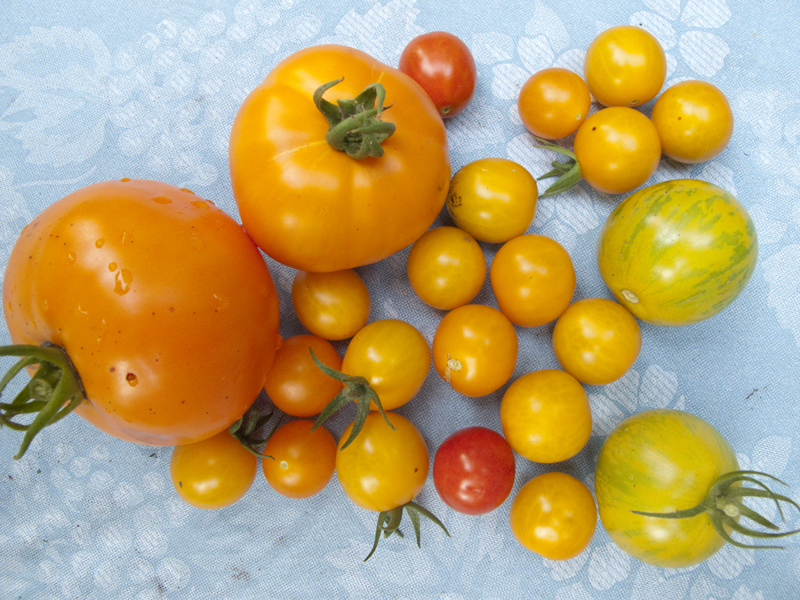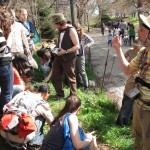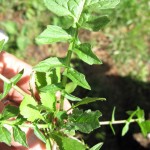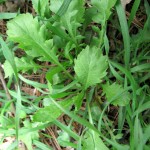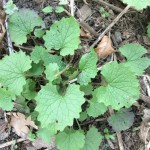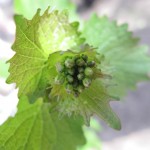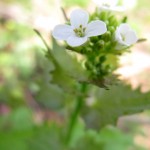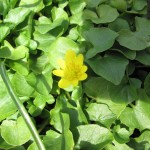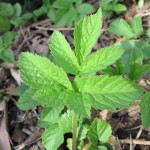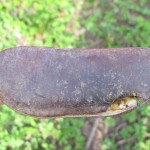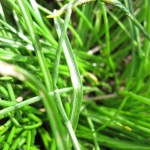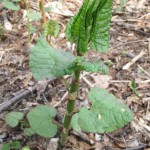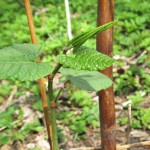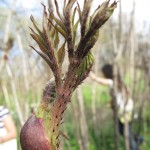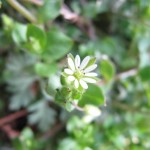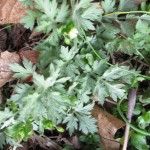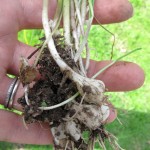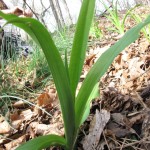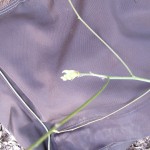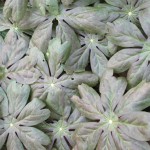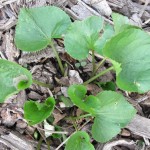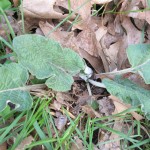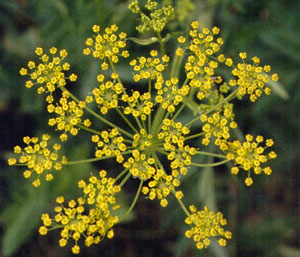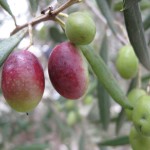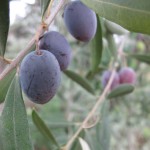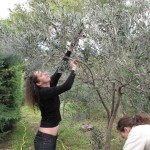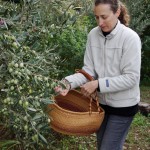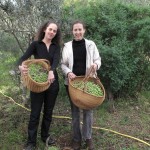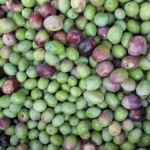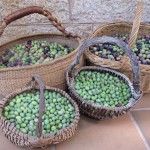Tuesday, July 14th 2009, 9:39 AM
It’s a rural lesson in an urban jungle.
Students at 10 Brooklyn schools will be toiling in the soil this summer and fall, growing vegetables to feed their classmates as part of an effort to get student-grown foods into the school cafeteria.
“We want to eat the stuff we grow,” said Aidan Israel, 7, a student at Public School 107 on Eighth Ave. in Park Slope, who has been helping cultivate peas, kale and basil in the school’s yard. “It tastes fresher than the stuff in the store.”
With its fall harvest, PS 107 – which is in mobile “earth boxes” while its new garden is closed due to a school renovation – will join a program started last autumn by the Department of Education’s SchoolFood department and the state’s Department of Agriculture and Markets.
Dubbed “Garden to School Cafe,” it began with 20 schools citywide – nearly half of them in Brooklyn.
Next year, the program, which lets school cafeteria staffers put kid-gardened produce on the menu, will expand to about 25 schools as part of a broader effort to source school food locally, said Billy Doherty, who heads the program for SchoolFood.
“It’s something that’s important in terms of teaching the kids how to eat better and connecting them to farming, to help them have an overall healthy lifestyle,” Doherty said.
Last week, PS 29 science teacher Tina Reres and a group of incoming prekindergarten students gathered around one of four long gardening beds built behind the Cobble Hill school. They tied up tomato plants, searched for bugs and then lettuce shoots that, if all goes well, will be part of a meal the school’s students will get to eat in the fall.
“It’s a chance to learn where your food comes from,” said Kristin Berman as her daughter Julia, 3, dug in the soil. “City kids don’t really know that.”
Some of the schools – like the Urban Assembly School of Music and Art in DUMBO – are combining food-growing with culinary lessons. Students in the school’s Teen Iron Chef program grew parsley and mint for tabbouleh and demonstrated how to make it, said Lynn Fredricks of FamilyCook Productions, who runs the cooking program. “For them to actually create the food itself is pretty amazing.”
Pesto pasta from school-grown basil was a big hit with kids at PS 29 last fall, Reres said.
But whether getting locally grown foods will really get kids to eat more veggies remains to be seen.
Mia Espinosa, 4, turned up her nose at the peas she had excitedly plucked from the PS 29 garden.
“She won’t eat anything green,” her grandmother, Carmela Panico, said, sighing. “Maybe next year.”
elazarowitz@nydailynews.com
